by Heidy Sumei Chuang **
“The Psalms teach us that creation is a choir. It sings of, and is in itself, the glory of God. A silence is falling in this time of rapid extinction, and with the thinning of life, we lament the passing of unique voices – many ways of knowing the Creator of all things. And yet we have a holy calling – to lift our voices with songs of hope and our hands to faithful work that can renew and restore God’s beloved world.”
– Peter Harris, co-founder of A Rocha
A butterfly’s beauty captures my imagination. I see the intricate wing patterns unfolding in my mind’s eye, telling a story of transformation. To paint the butterfly, to reveal its minute beauty in extravagant brushstrokes and living color, is to live in wonder and hope.
This is how the Butterfly Project began: in the hills above Nice, at A Rocha France, in more than one thousand acres of grazing scrublands, fields of wildflowers, and ancient oak groves. It’s exactly where you’d expect butterflies to live.
Nice is where I discovered my passion for creating a unique space for the environmental conservation movement: a space where small things are dignified, death is surpassed by rebirth, and vulnerability reveals unexpected strength.
Les Courmettes, head office of A Rocha France.
However, the Butterfly Project was about to take an unexpected journey from the green fields of Nice to the streets of Boston, one of the most densely populated cities in the United States.
It was June 2020, Boston was in lockdown due to COVID-19, and an abandoned gas station stood at the end of our road. The walls were cracked, the windows broken, and the concrete full of shattered glass. It was a world away from France, and yet it was here that the Butterfly Project took on new life.
When I discovered milkweed growing and thriving in that abandoned lot, I realized that I could care for creation in urban spaces, too. Milkweed matters, because it offers shelter and nourishment for many insects, and it’s the majestic Monarch Butterfly’s sole food source. However, this crucial plant is disappearing from the United States, having lost over 80% of its population.
Monarch Butterfly on Red Tropical Milkweed, by TexasEagle, on Flickr (CC BY-NC 2.0).
Within this patch of urban milkweed, I discovered – to my surprise – a few precious monarch eggs, tiny and unnoticeable as grains of sand. Unfortunately, my unexpected butterfly garden was also overpopulated by hungry aphids, as well as invasive swallow-wort, a lookalike to milkweed that endangers the monarch.
What followed was a journey of discovery as I, along with a handful of neighborhood children, chose to save and raise the monarch eggs.
Young protectors of the Monarch Butterfly!
Through trial and error, online research, and moments of success and heartbreak, we learned how to nurture these eggs into beautiful butterflies. And more than that, I discovered that while their hands were small, these children had mighty hearts and great determination.
The children foraged for milkweed each day to feed the caterpillars. As we named and watched them grow and understood their voracious appetite, I gathered the milkweed seeds from the abandoned lot, and we seeded Highway 2.
Milkweed seeds from the abandoned lot.
In this way, we built a corridor from Boston to the L’Abri Fellowship just west of us, connecting our work to the work of another group of children that I encouraged in Southborough. And then our efforts spread to the neighborhood adults, who began to plant milkweed in their gardens and to pull up invasive swallow-wort, even paying the children for each bag they’d pull up. The children had become keepers and protectors of the milkweed.
Caterpillars are hungry for life. They eat and grow, and grow, and then eat even more, munching away at their milkweed. Then, after many days, there comes a moment of restlessness: it stops eating, then weaves a silken thread, fixing itself upside down as a chrysalis blooms from its skin.
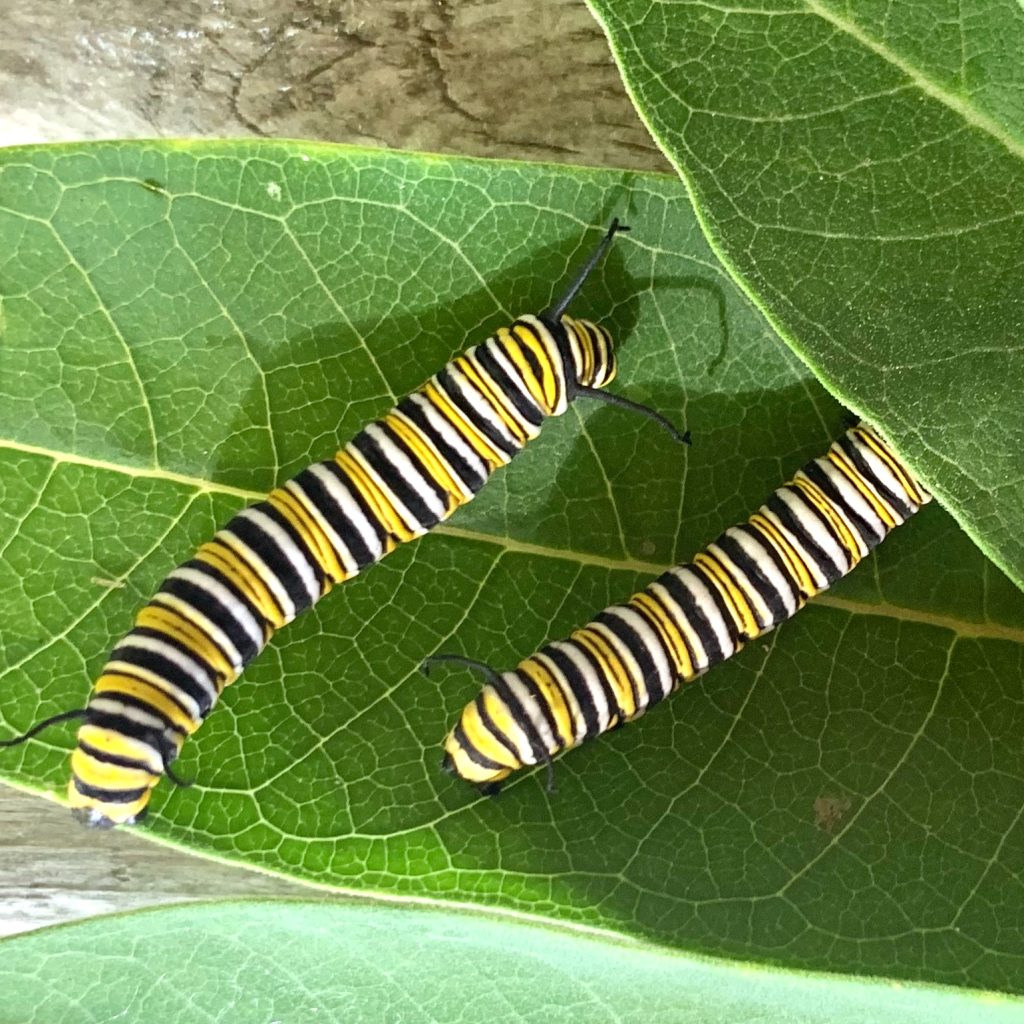
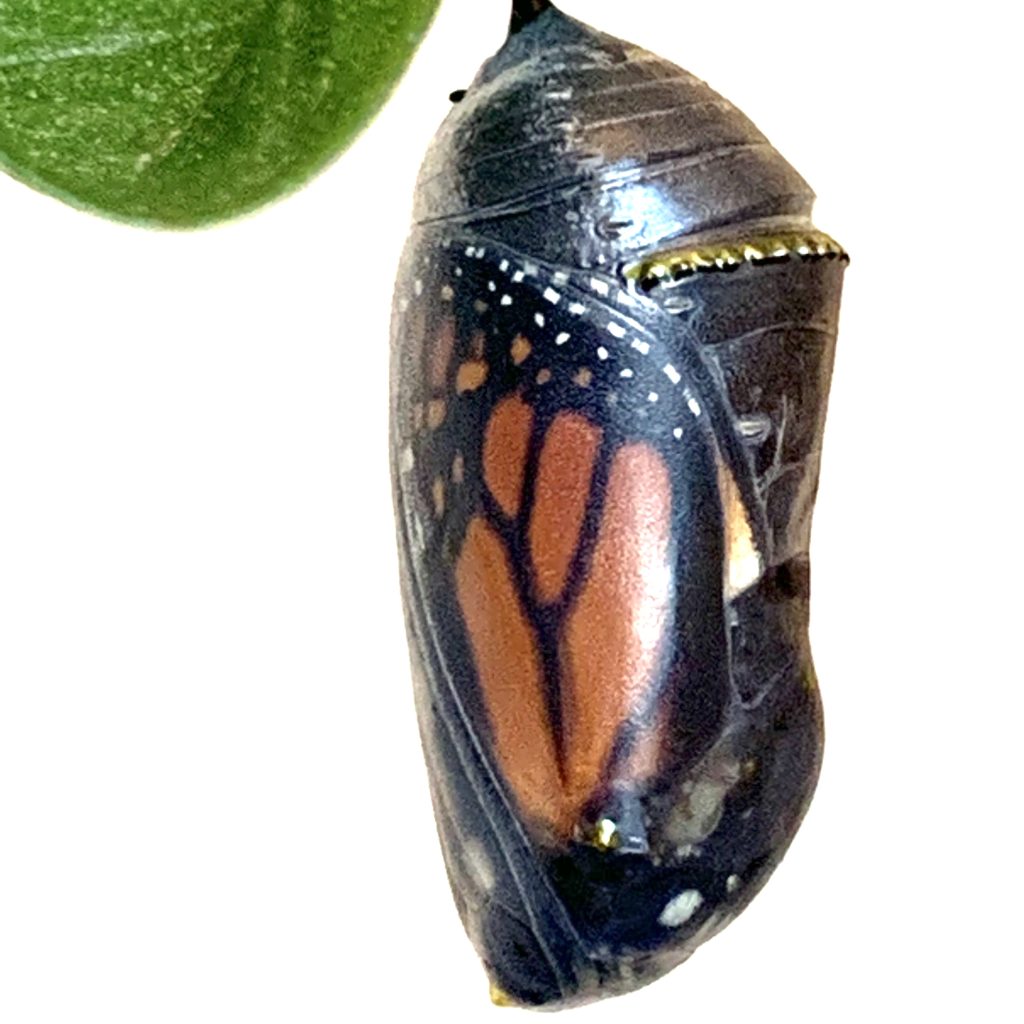
Caterpillars and chrysalis.
Its next season is hidden, even painful. We know it will emerge as a fully formed butterfly, but first – in this small, confined space – it is utterly undone. Even solid transforms to liquid as every part of this little creature is rearranged. When it finally emerges, its wings spreading to dry, wonder fills my heart.
Did you know that butterfly wings are painted like watercolor? They hold texture, and they transmit light just like the grains of mineral in my paints. And the colors are really layers of hues: not black, but red ochre and Prussian blue; not orange, but red Sennelier layered over lemon yellow.
Heidy Sumei Chuang with her butterfly art.
Borne aloft by these heavenly paints, our newborn monarchs fly out the window, straight to our community garden now resplendent with milkweed – from a grain of seed to a masterpiece.
So much of creation thrives in the places in between, like the transition from grass to concrete or from meadow to forest. This is where milkweed blooms. I find this aspect of ecology the most surprising and beautiful – perhaps that’s what drew me to the milkweed.
Milkweed is part of the wild – a native North American plant that feeds our land’s ecosystem. But it flourished in an abandoned lot, because there was no one to pull it up. Milkweed is not a weed, and if we we remember to make a small space for it, it will bless our gardens.
This is the glory of the small – small plants, small acts, small hands, and small spaces. In the lockdown of the pandemic, we learned to make just a little room in our gardens and our hearts.
Monarch painting over milkweed.
** Unless otherwise noted, all artwork and photos in this blog are originals from Heidy Sumei Chuang.
To hear more from Heidy about the Butterfly Project, and to see some beautiful footage of caterpillars and butterflies, watch her “Glory of the Small” video on the A Rocha USA YouTube channel!
Glory of the Small – Monarchs: https://www.youtube.com/watch?v=KpHs5gmU8bI
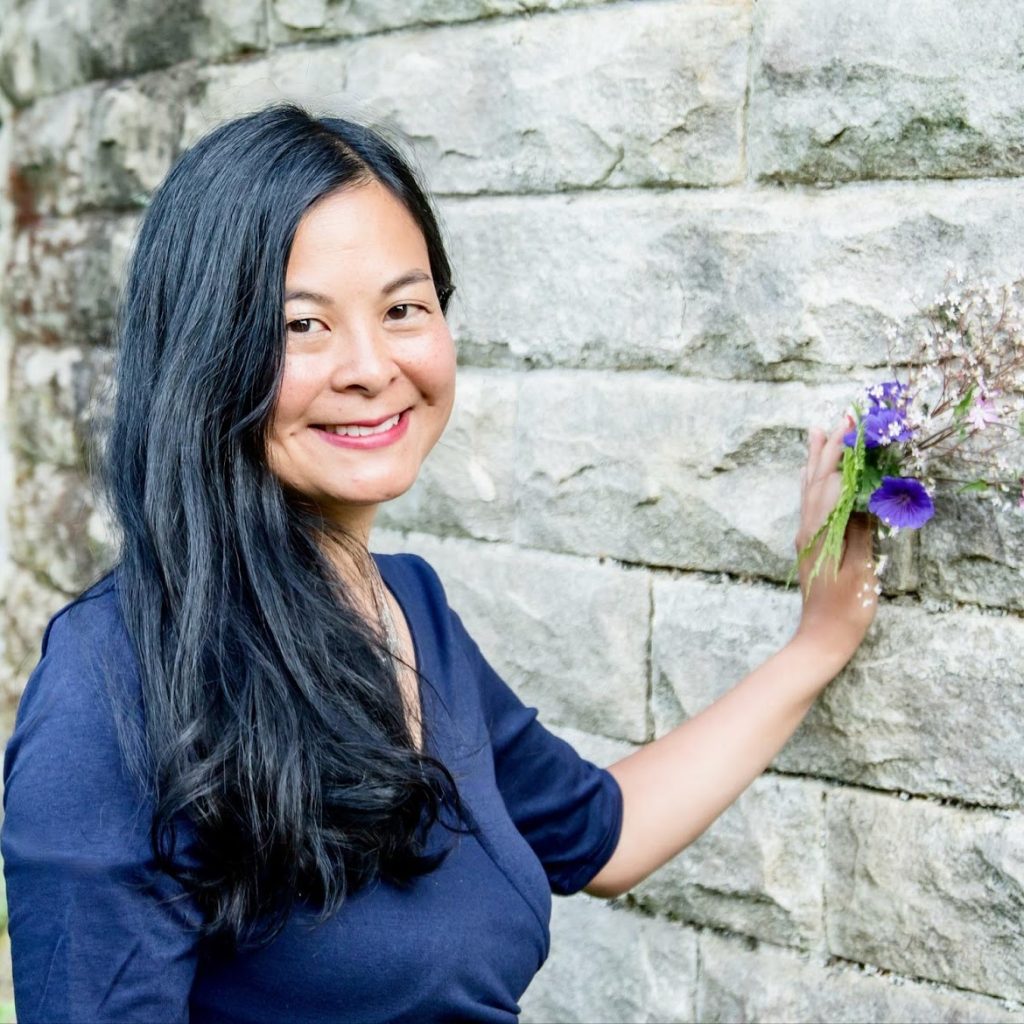
Heidy Sumei Chuang is a Taiwanese-American artist who lives in Boston. She works in floral design and painted media. She holds a BFA in painting from Washington University and an MFA from Boston University. As a member of A Rocha’s Advisory Council and an Artist Partner, her passion is creating a visual space for biodiversity conservation.

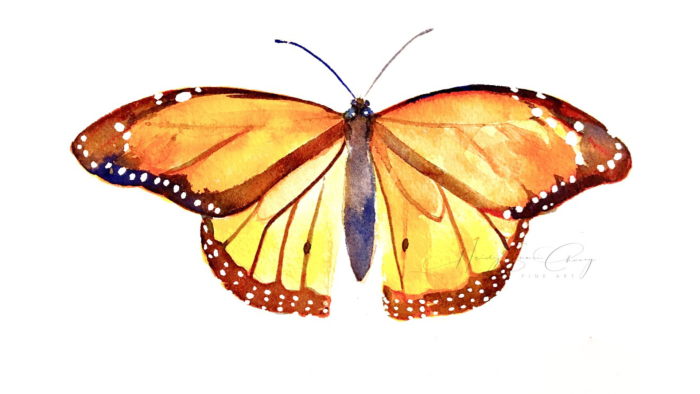
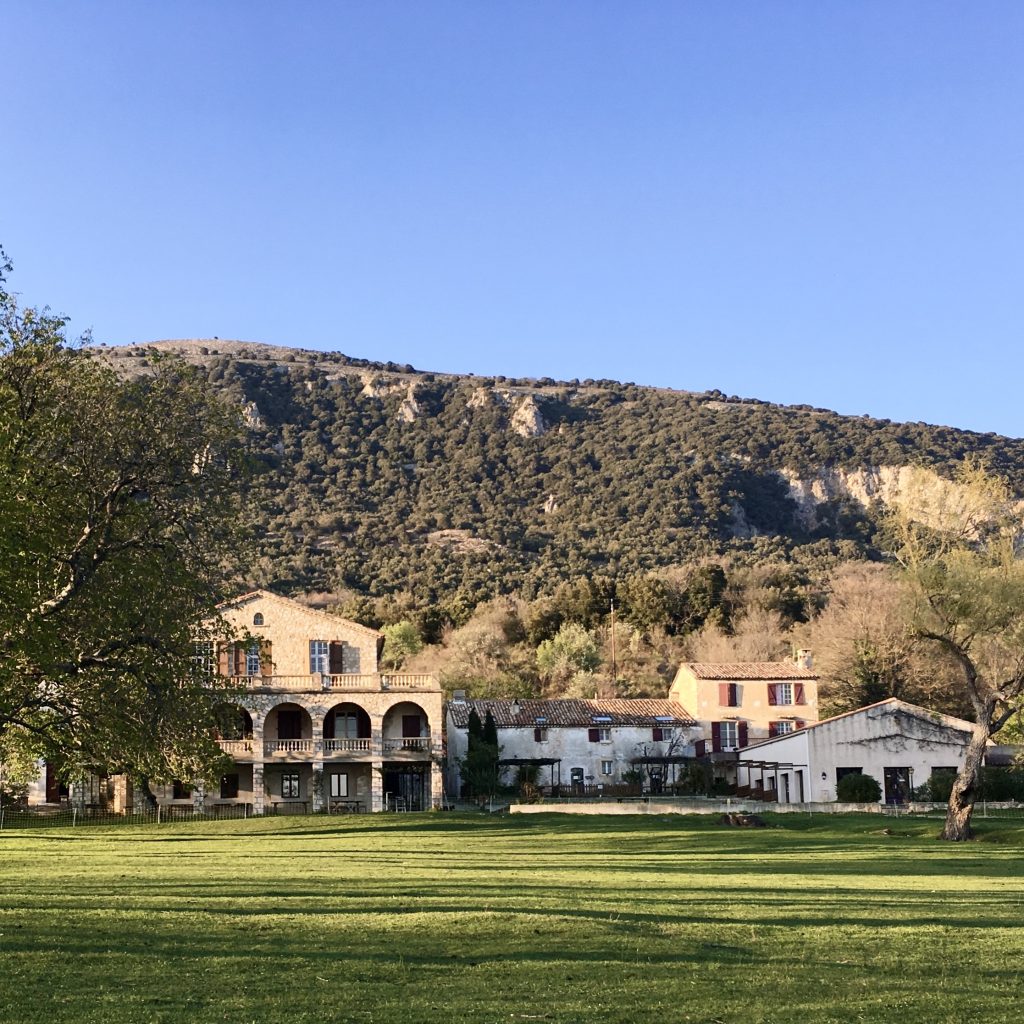
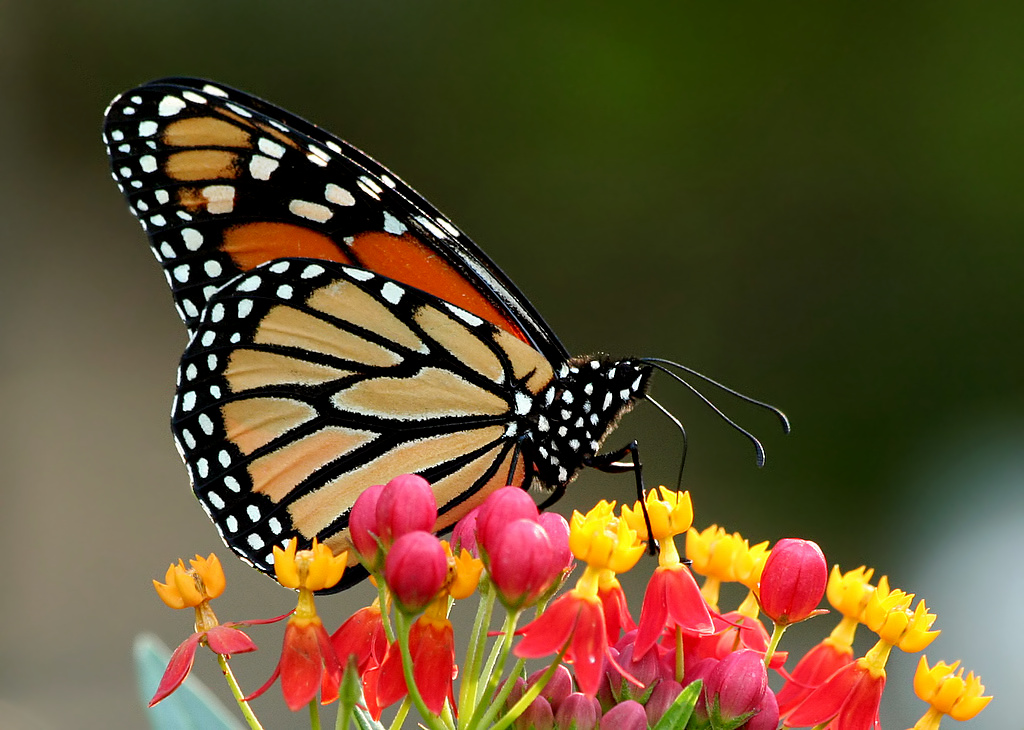
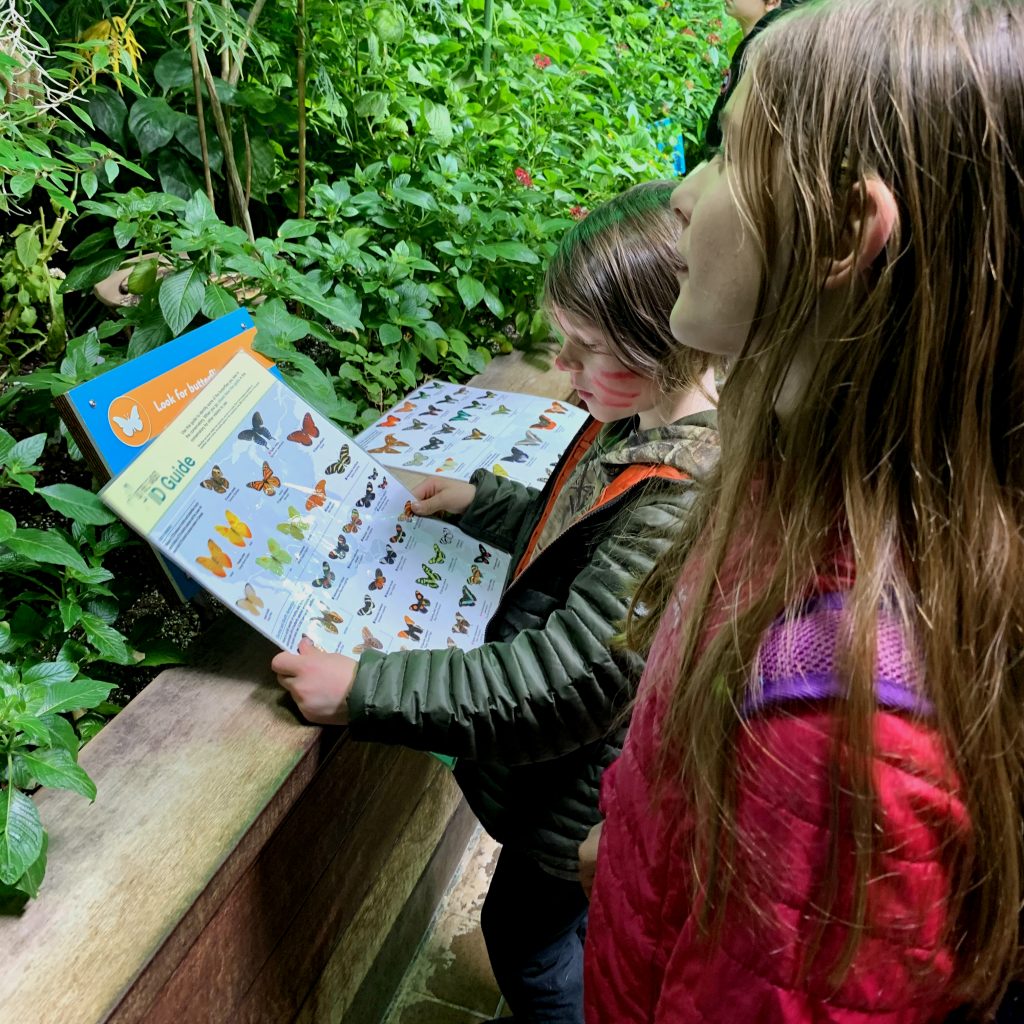
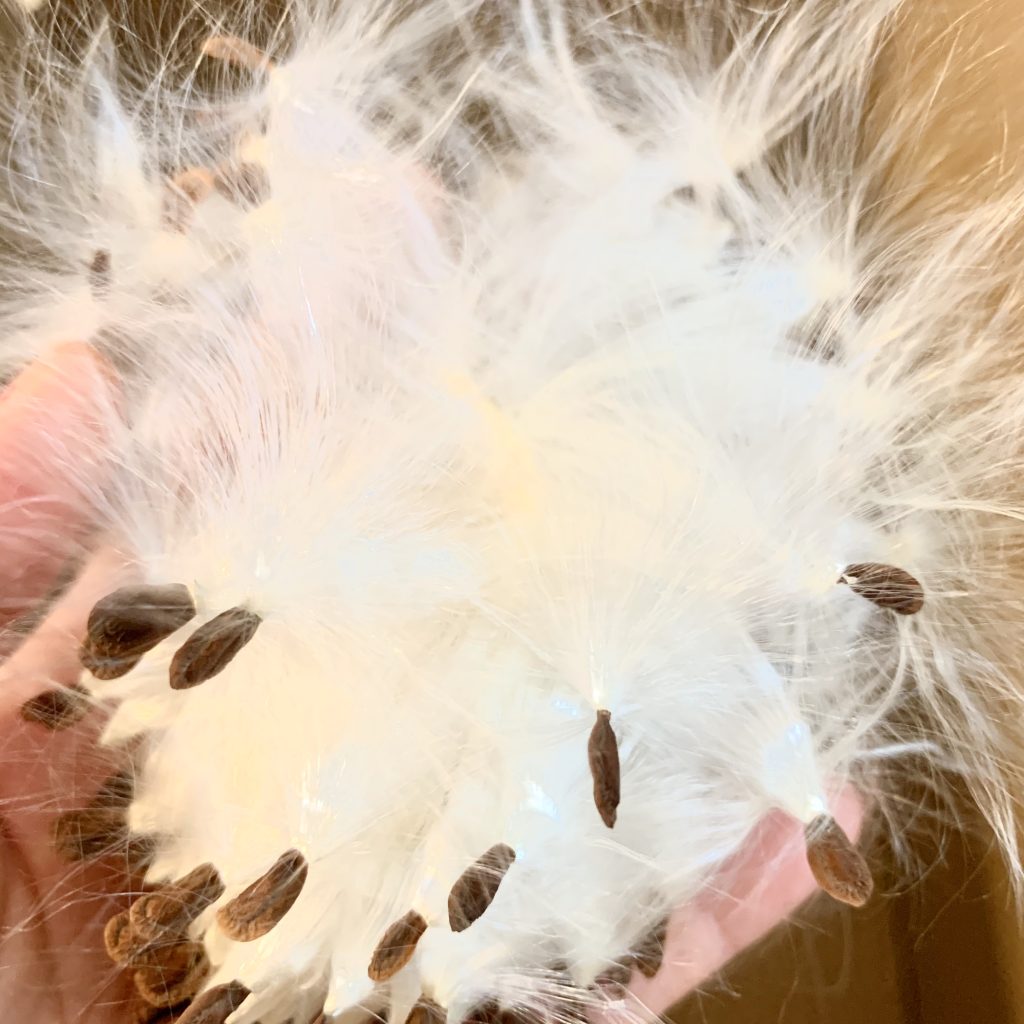
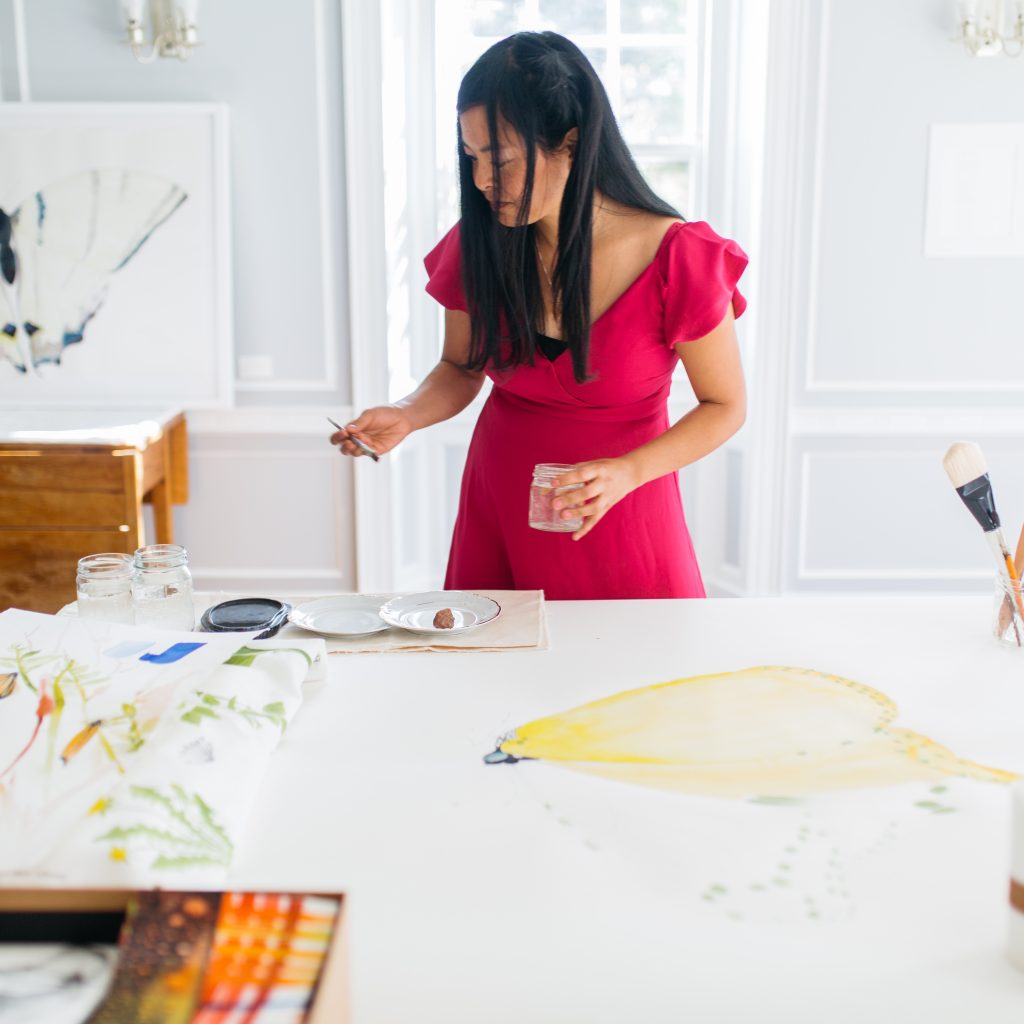
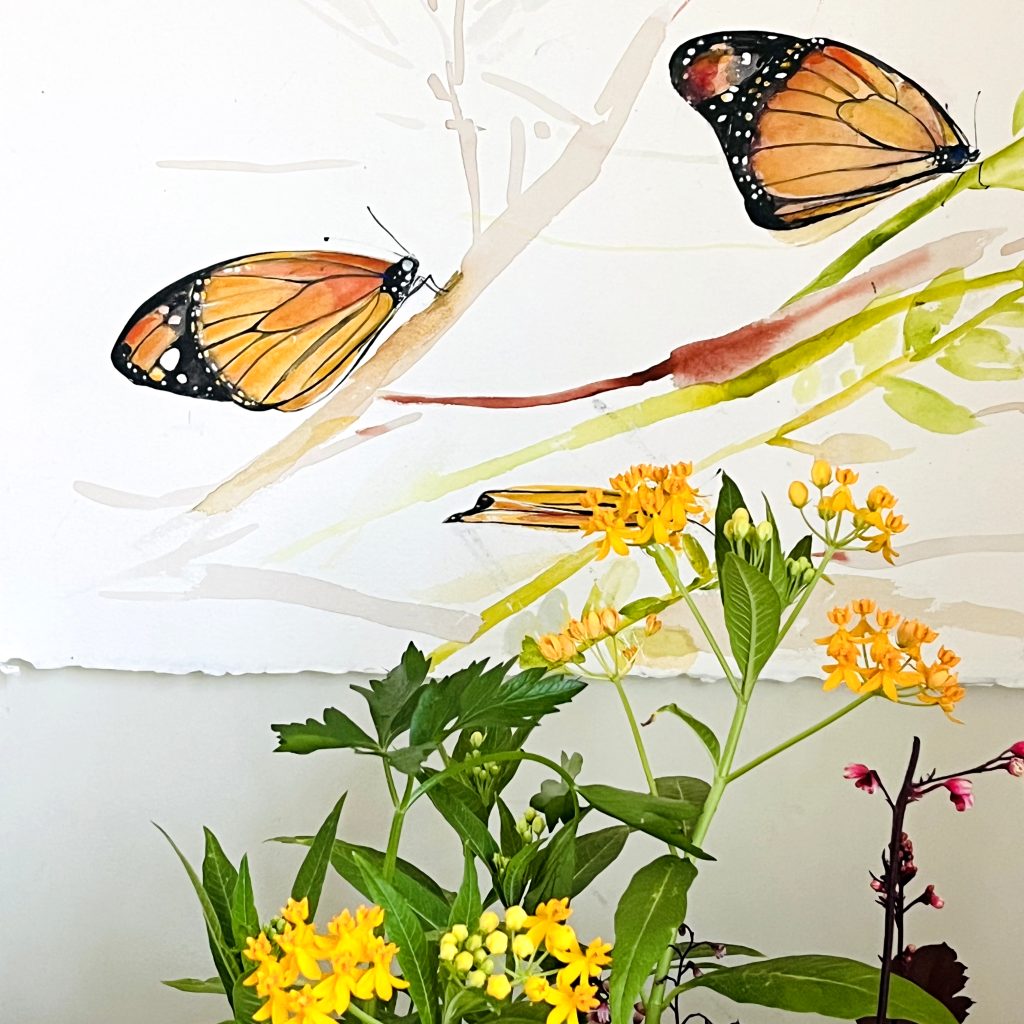






Love this story, local communities having such a profound impact on the larger community – go Heidi!!!